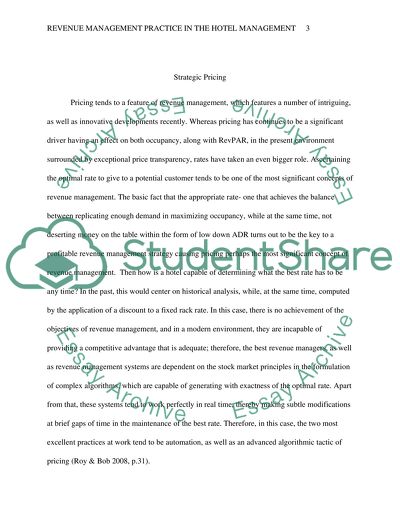Cite this document
(“Application of Revenue Management Practice in the Hotel Industry Essay”, n.d.)
Retrieved de https://studentshare.org/tourism/1449767-evaluate-the-application-of-revenue-management
Retrieved de https://studentshare.org/tourism/1449767-evaluate-the-application-of-revenue-management
(Application of Revenue Management Practice in the Hotel Industry Essay)
https://studentshare.org/tourism/1449767-evaluate-the-application-of-revenue-management.
https://studentshare.org/tourism/1449767-evaluate-the-application-of-revenue-management.
“Application of Revenue Management Practice in the Hotel Industry Essay”, n.d. https://studentshare.org/tourism/1449767-evaluate-the-application-of-revenue-management.


